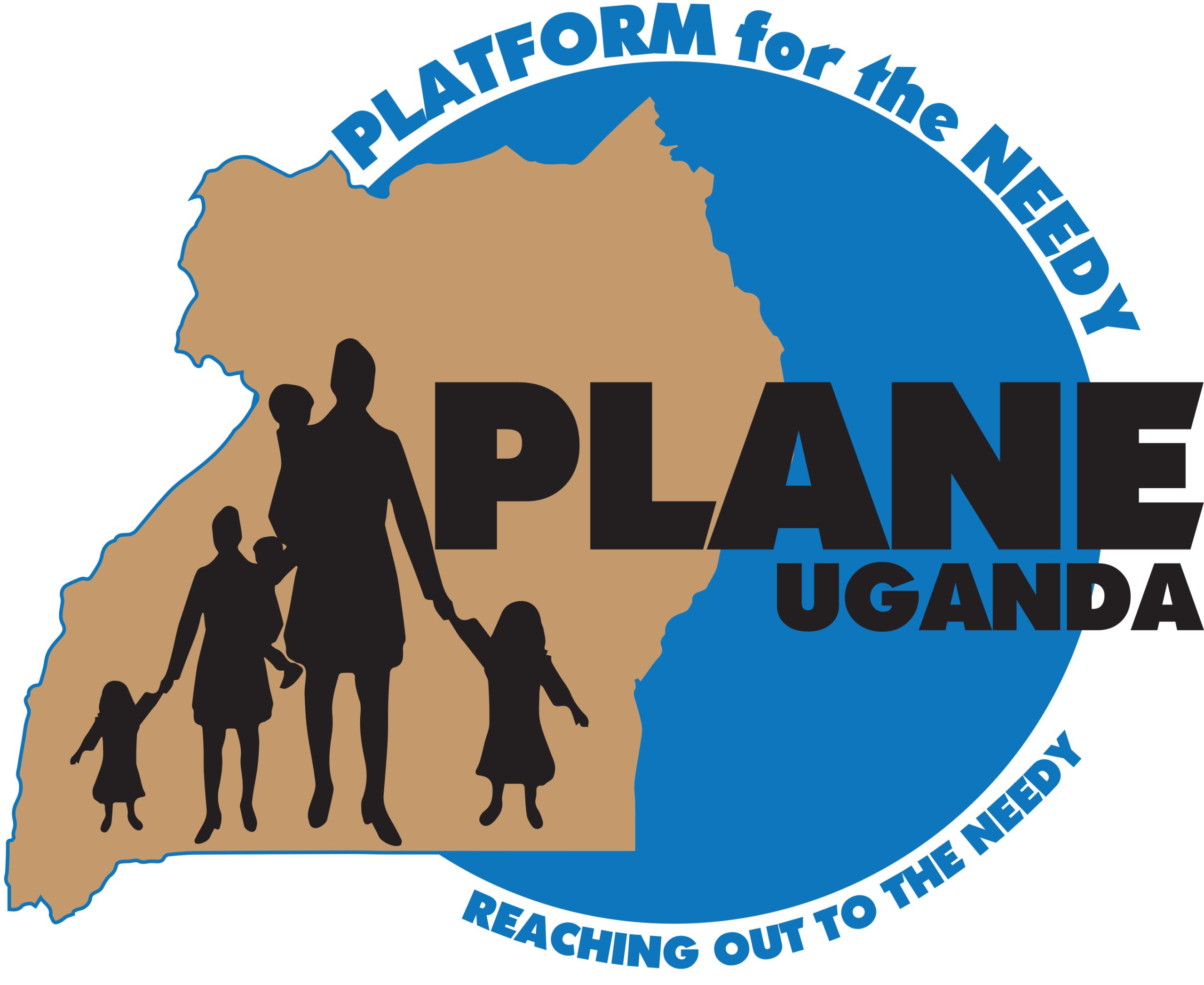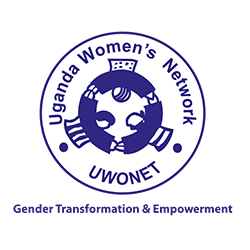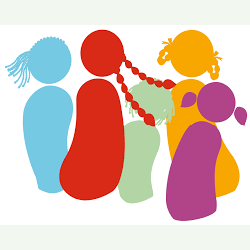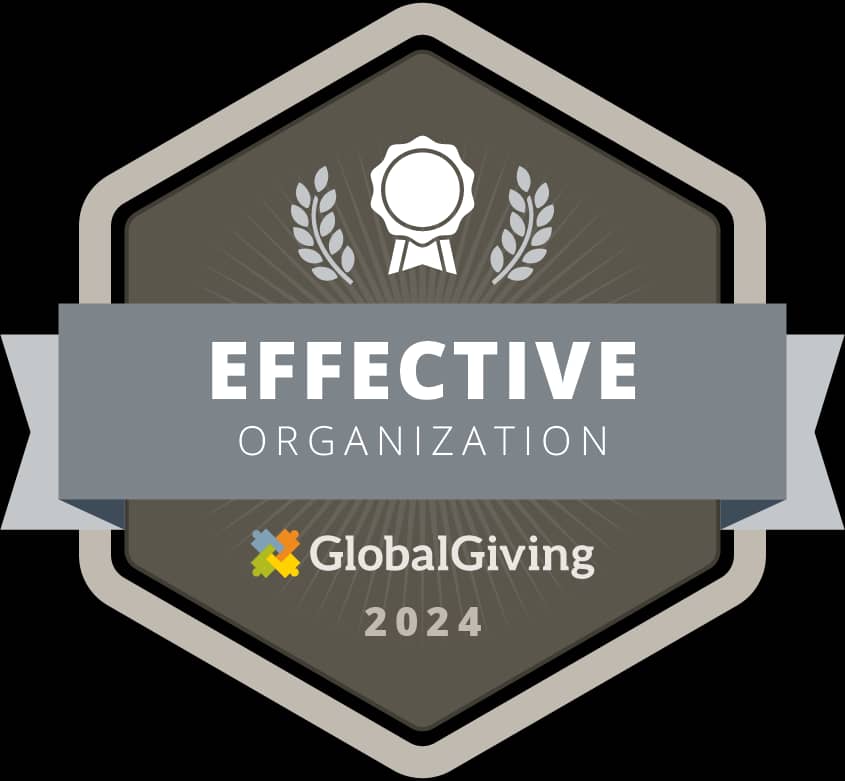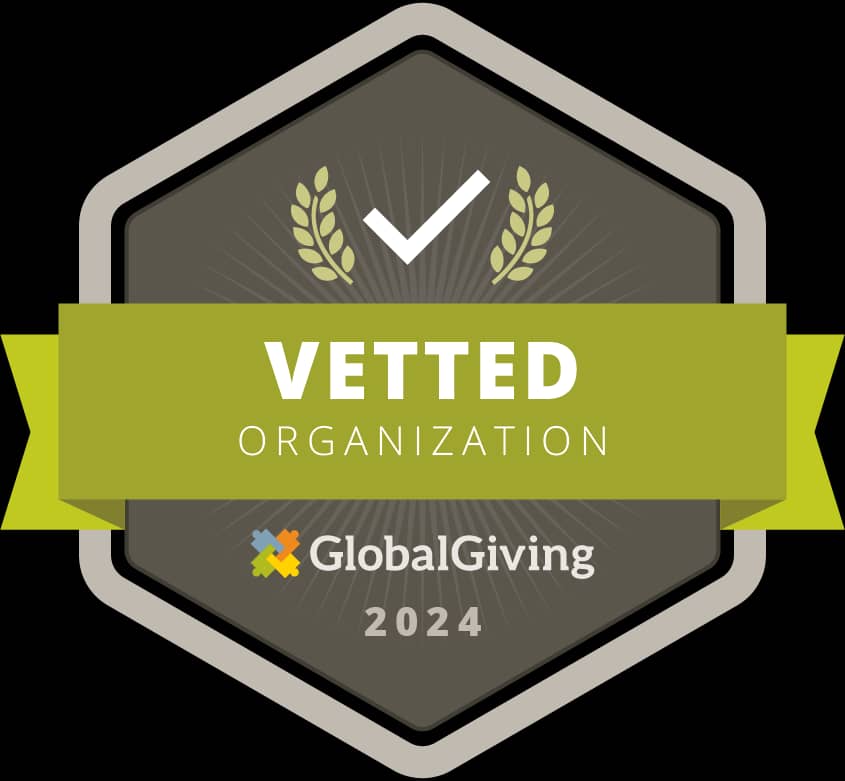Teenage Pregnancy: Challenges and Solutions
By Raissa Batra
Teenage pregnancy happens when a girl under 20 becomes pregnant. It’s a major social issue with significant health, economic, and social challenges for both the mother and child. Teen pregnancy rates vary by location, culture, and socioeconomic status, but generally, it leads to higher risks during pregnancy and childbirth, a greater chance of dropping out of school, and fewer economic opportunities.
Health Risks for Teenage Mothers
Teenage mothers often face complications such as:
- Preterm labor
- Low birth weight
- Higher maternal mortality
In Uganda, maternal mortality rates are very high. According to UNICEF, the current teenage pregnancy rate in Uganda is 25%, the highest in East Africa. Nearly 650,000 teen pregnancies were recorded between 2020 and 2021, averaging over 32,000 per month.
Impact on Education and Economic Opportunities
Teenage pregnancy can disrupt education and limit future opportunities. Many teenage mothers leave school due to:
- Stigma
- Lack of support
- The demands of motherhood
They often struggle financially, facing poverty and limited job opportunities. This economic insecurity is compounded by the lack of financial support from the children’s fathers.
Social Stigma and Its Effects
In many communities, teenage pregnancy is stigmatized, leading to:
- Shame
- Discrimination
- Isolation
Children of teenage mothers may face:
- Developmental challenges
- Poor health
- Lower academic achievement
- Social and emotional difficulties
Solutions to Reduce Teenage Pregnancy
Effective sex education and access to contraception are proven ways to reduce teen pregnancy. However, for those already pregnant, other support measures are needed:
- Healthcare Services: Provide reproductive health services, prenatal care, and postnatal care tailored to young people.
- Economic Support: Offer education and job training programs, childcare assistance, and financial aid to reduce poverty and improve opportunities for teenage mothers.
- Destigmatization: Change social norms around teenage pregnancy by promoting gender equality, enforcing laws against child marriage and sexual violence, and changing attitudes towards teenage pregnancy.
Addressing Social Norms
Governments should tackle the underlying social norms contributing to teenage pregnancy, such as:
- Gender inequality
- Early marriage
- Sexual violence
Promoting gender equality and women’s empowerment, enforcing laws against child marriage and sexual violence, and changing social attitudes towards teenage pregnancy are essential steps.
Sources:
- Nall, Rachel. “What Are the Effects of Teenage Pregnancy?” Healthline, 29 Apr. 2016. Healthline.
- “National Strategy to End Child Marriage and Teenage Pregnancy.” Republic of Uganda, 2022. UNICEF Uganda.
- “Adolescent Pregnancy.” World Health Organization, 15 Sept. 2022. WHO.
- “Teenage Pregnancy Statistics.” Every CRS Report, 2020. Every CRS Report.
